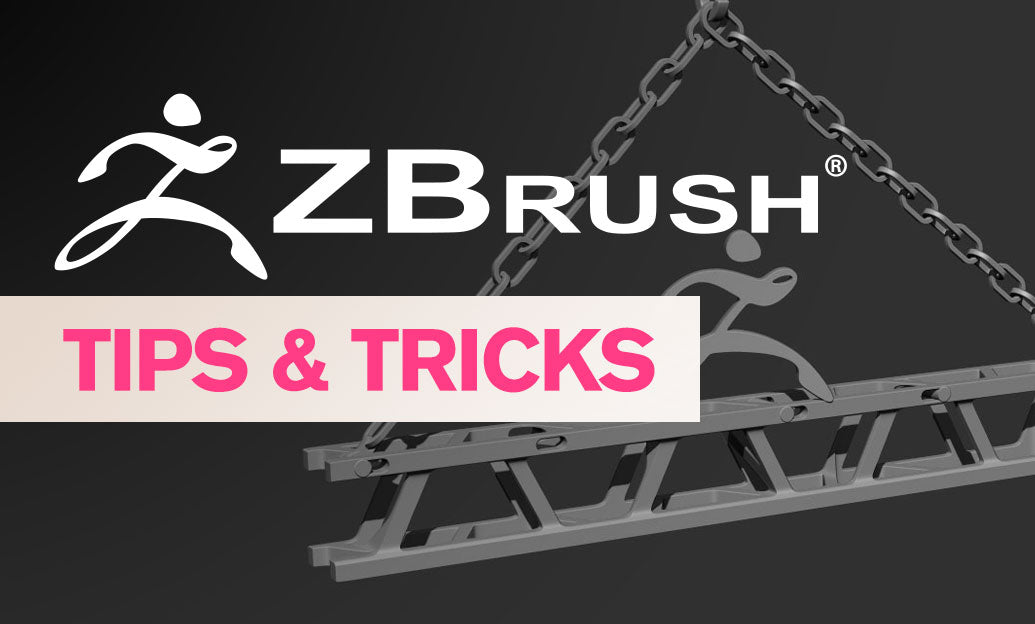Your Cart is Empty
Customer Testimonials
-
"Great customer service. The folks at Novedge were super helpful in navigating a somewhat complicated order including software upgrades and serial numbers in various stages of inactivity. They were friendly and helpful throughout the process.."
Ruben Ruckmark
"Quick & very helpful. We have been using Novedge for years and are very happy with their quick service when we need to make a purchase and excellent support resolving any issues."
Will Woodson
"Scott is the best. He reminds me about subscriptions dates, guides me in the correct direction for updates. He always responds promptly to me. He is literally the reason I continue to work with Novedge and will do so in the future."
Edward Mchugh
"Calvin Lok is “the man”. After my purchase of Sketchup 2021, he called me and provided step-by-step instructions to ease me through difficulties I was having with the setup of my new software."
Mike Borzage
V-Ray Tip: Enhancing Realism with V-Ray Subsurface Scattering: Key Tips for Effective Implementation
April 26, 2025 3 min read

Subsurface Scattering (SSS) is an essential technique in V-Ray for achieving realistic renders of materials that transmit light beneath their surfaces. By accurately simulating the way light interacts with translucent materials, SSS adds depth and lifelike quality to your scenes, particularly for organic objects like skin, wax, and leaves. Here are some key tips to effectively utilize V-Ray's SSS for enhanced realism:
- Select Appropriate Materials: Begin by choosing materials that naturally benefit from SSS, such as skin, marble, or translucent plastics. V-Ray’s material library offers a variety of preset materials optimized for SSS, which can serve as a solid foundation for your projects. Explore the extensive NOVEDGE library for high-quality materials tailored to different applications.
-
Fine-Tune SSS Parameters: V-Ray provides several parameters to control the SSS effect, including scatter color, scale, and radius.
- Scatter Color: Determines the color of the light that scatters beneath the surface. For realistic skin, opt for subtle pink or beige tones.
- Scale: Controls the depth of the scattering effect. Lower values create shallow scattering, while higher values produce deeper light penetration.
- Radius: Defines the distance light travels within the material. Adjust this to match the thickness and translucency of the object.
- Optimize Lighting Conditions: Proper lighting is crucial for showcasing SSS effects. Use V-Ray’s Global Illumination (GI) to ensure light interacts naturally with the materials. Incorporate soft light sources like V-Ray Dome Lights or HDRIs from NOVEDGE to create even, realistic illumination that highlights the translucency of your materials.
- Utilize High-Resolution Textures: High-quality textures enhance the detail and realism of SSS effects. Ensure that your texture maps are of sufficient resolution to capture subtle variations in translucency and color. V-Ray supports a variety of texture types, including bump and normal maps, which can add additional depth to your materials.
- Leverage V-Ray’s Physical Camera: Combining SSS with V-Ray’s Physical Camera settings allows for realistic depth of field and exposure control. This synergy enhances the overall visual fidelity of your renders, making materials appear more natural and integrated within the scene.
- Optimize Render Settings for Performance: While SSS can add significant realism, it also increases render times. Balance quality and performance by adjusting V-Ray’s render settings. Use features like adaptive sampling and V-Ray’s Denoiser to maintain quality while reducing noise and speeding up the rendering process. NOVEDGE offers resources and plugins that can further optimize your workflow.
- Test and Iterate: Regularly render test images to evaluate the effectiveness of your SSS settings. Iterative testing allows you to make incremental adjustments, ensuring that the final render meets your quality standards. Utilize V-Ray’s interactive rendering mode for real-time feedback, facilitating quicker adjustments and improvements.
- Study Real-World References: Analyzing real-world materials can provide valuable insights into how light interacts with different surfaces. Observe how translucency varies with material thickness, texture, and lighting, and replicate these observations within V-Ray to achieve more convincing results.
By meticulously applying these tips, you can harness the full potential of V-Ray’s Subsurface Scattering to create stunning, realistic renders. For more in-depth tutorials, resources, and advanced techniques, visit NOVEDGE and explore their comprehensive collection of V-Ray guides and tools.
```You can find all the V-Ray products on the NOVEDGE web site at this page.
Also in Design News

Driving the Future: AI-Enhanced CAD for Automated Design Optimization
May 09, 2025 8 min read
Read More
ZBrush Tip: Maximize Your ZBrush Workflow with Advanced PolyPaint Techniques
May 09, 2025 2 min read
Read MoreSubscribe
Sign up to get the latest on sales, new releases and more …



